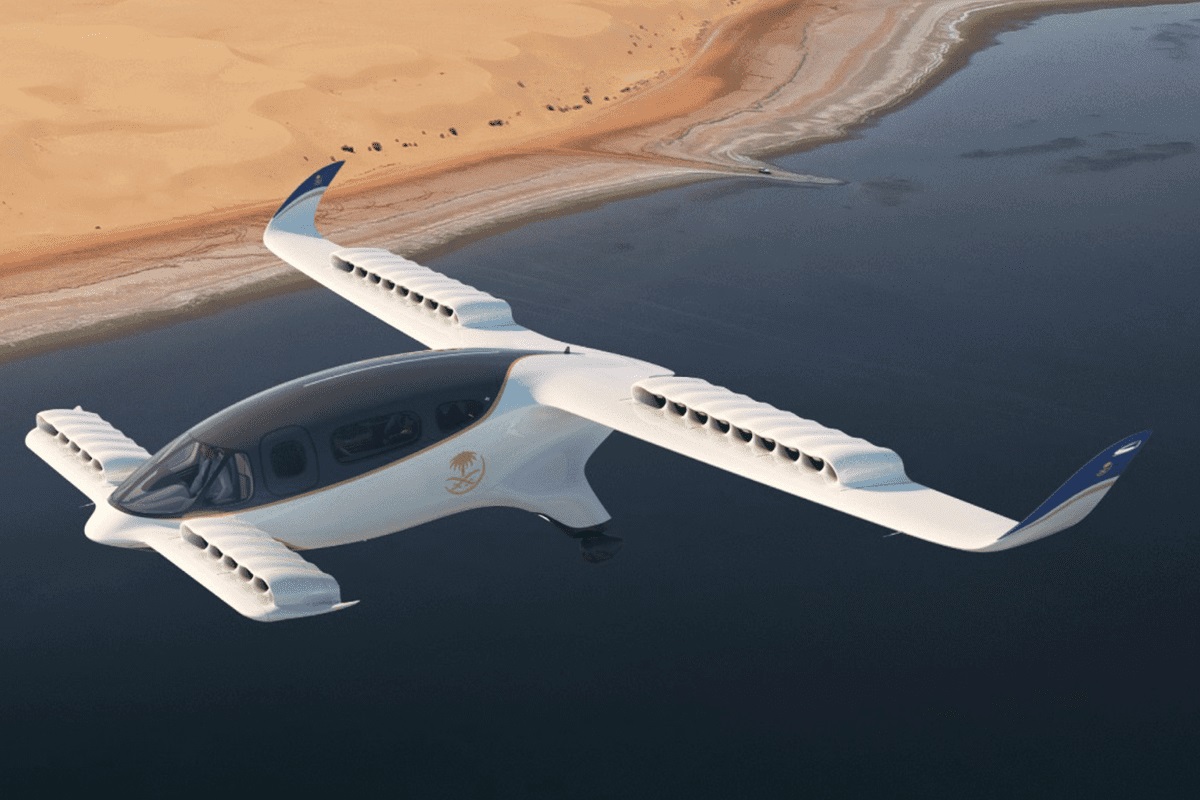
Electric aircraft are transforming the aviation industry, promising a cleaner, quieter future for air travel. These innovative planes use electric motors instead of traditional jet engines, reducing carbon emissions and noise pollution. But how do they work, and what makes them so special? From their cutting-edge battery technology to their potential for revolutionizing short-haul flights, electric aircraft are at the forefront of aviation advancements. In this article, we'll explore 20 fascinating facts about electric aircraft that highlight their benefits, challenges, and the exciting future they hold. Whether you're an aviation enthusiast or just curious about the future of flight, these insights will give you a better understanding of this groundbreaking technology.
The Rise of Electric Aircraft
Electric aircraft are transforming aviation. These planes use electric motors instead of traditional combustion engines. Here are some fascinating facts about this cutting-edge technology.
-
First Electric Aircraft: The first manned electric aircraft flew in 1973. It was called the MB-E1 and was designed by Heino Brditschka.
-
Zero Emissions: Electric aircraft produce zero emissions during flight, making them environmentally friendly.
-
Lower Noise Levels: These planes are significantly quieter than traditional aircraft, reducing noise pollution.
-
Battery Technology: Advances in battery technology are crucial for electric aircraft. Lithium-ion batteries are commonly used due to their high energy density.
Benefits of Electric Aircraft
Electric aircraft offer numerous advantages over conventional planes. They are not only eco-friendly but also cost-effective in the long run.
-
Reduced Operating Costs: Electric planes have fewer moving parts, leading to lower maintenance costs.
-
Energy Efficiency: Electric motors are more efficient than internal combustion engines, converting more energy into useful work.
-
Short-Haul Flights: Currently, electric aircraft are best suited for short-haul flights due to battery limitations.
-
Quick Charging: Some electric aircraft can be charged in under an hour, making them convenient for frequent short trips.
Challenges Facing Electric Aircraft
Despite their benefits, electric aircraft face several challenges. Overcoming these obstacles is essential for widespread adoption.
-
Battery Weight: Batteries are heavy, which limits the range and payload capacity of electric planes.
-
Range Anxiety: Limited range is a significant concern. Most electric aircraft can only fly for about 1-2 hours on a single charge.
-
Infrastructure: Charging infrastructure at airports is still underdeveloped, hindering the growth of electric aviation.
-
Regulatory Hurdles: Certification and regulatory approval for electric aircraft can be a lengthy and complex process.
Innovations in Electric Aircraft
Innovations are driving the electric aircraft industry forward. These advancements promise to make electric aviation more viable and efficient.
-
Hybrid-Electric Systems: Combining electric motors with traditional engines can extend range and improve performance.
-
Solar-Powered Aircraft: Some experimental aircraft use solar panels to generate electricity, potentially offering unlimited range.
-
Advanced Materials: Lightweight materials like carbon fiber help reduce the overall weight of electric aircraft, improving efficiency.
-
Vertical Takeoff and Landing (VTOL): Electric VTOL aircraft can take off and land vertically, making them ideal for urban environments.
Future of Electric Aircraft
The future of electric aircraft looks promising. Continued research and development are expected to overcome current limitations.
-
Urban Air Mobility: Electric aircraft could revolutionize urban transportation, offering quick and efficient travel within cities.
-
Commercial Flights: Companies like Airbus and Boeing are investing in electric aircraft, aiming to introduce commercial electric flights within the next decade.
-
Environmental Impact: Widespread adoption of electric aircraft could significantly reduce the aviation industry's carbon footprint.
-
Job Creation: The electric aircraft industry is expected to create new jobs in manufacturing, maintenance, and infrastructure development.
The Future of Electric Aircraft
Electric aircraft are not just a dream anymore. They’re becoming a reality, transforming the aviation industry. With advancements in battery technology, aerodynamics, and sustainable energy, these planes promise a greener future. They offer quieter flights, reduced emissions, and lower operating costs. Companies like Airbus and Boeing are investing heavily in this technology, signaling a significant shift in how we think about air travel.
While challenges like range limitations and charging infrastructure remain, the progress made so far is impressive. Governments and private sectors are working together to overcome these hurdles. As technology continues to evolve, we can expect electric aircraft to play a crucial role in reducing our carbon footprint.
So, keep an eye on the skies. The next time you board a plane, it might just be powered by electricity. The future of aviation is electric, and it’s closer than you think.
Was this page helpful?
Our commitment to delivering trustworthy and engaging content is at the heart of what we do. Each fact on our site is contributed by real users like you, bringing a wealth of diverse insights and information. To ensure the highest standards of accuracy and reliability, our dedicated editors meticulously review each submission. This process guarantees that the facts we share are not only fascinating but also credible. Trust in our commitment to quality and authenticity as you explore and learn with us.


